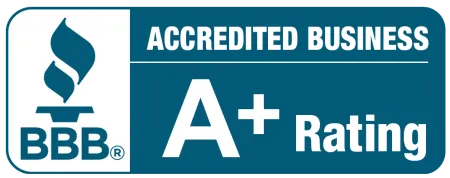Answers to Common Lawn Questions
Help! My yard is overrun with moles!
Answer: Ironically, all a good gardener’s hard work, mulching, irrigating, keeping a compost pile can actually ATTRACT moles by providing plenty of worms, grubs etc. for them to eat. Their constant search for underground insects can cause serious damage to lawns and gardens, so it would seem that destroying soil insects would decrease their activity…but actually, damage may be increased as the animals burrow even more in their territory to find the scarcer food! Also, long-term eradication of soil insects is impractical, if not impossible.
Help! Grubs are killing my lawn!
Answer: Symptoms of white grub infestation include wilting of grass in patches, eventually turning brown or dying, sod that pulls up easily, in one piece, with the white grubs then visible underneath, feeding on the roots. Increased feeding activity of birds, moles, raccoons, etc. are another sign, you may notice holes in the sod where critters have been digging. The damage is most noticeable in Fall or in dry spells, though serious infestations may be visible in Spring.
How high should I mow my grass?
Answer: You should mow the grass at the highest setting on your mower or at least 3 inches. Each time you mow, you should cut no more than 1/3 of the grass height. Note: There are exceptions for some warm-season grasses such as bermuda, centipede, and bentgrass that grow denser at lower mower settings.
How should I water my lawn?
Answer: You should water deeply and infrequently. The goal for most lawns is 1″ per week, and it is best if that is delivered “all at once” instead of over several days.
What are grubs and why should I worry about them?
Answer: Grubs are actually the larval stage of a variety of different kinds of beetles, including May and June bugs and voracious Japanese beetles. Adult beetles lay their eggs in the soil in mid to late summer. As the eggs hatch, they develop into white-wormish-looking larvae. As the larvae grow, they work their way down to the root zone of your lawn where they eat the roots. Grub control is largely a matter of timing so that they can be controlled in their early stages of development and before they go deep into the soil and go dormant for the winter.
Is aeration a big help to my lawn?
Answer: Yes aeration is extremely helpful. Some of the benefits include:
- Less water run-off or standing water
- Loosens compacted soil, such as Nebraska clay, and increases the availability of water and nutrients.
- Enhances oxygen levels in the soil, encouraging root growth and enhancing the activity of thatch-decomposing organisms.
- Increases the lawn's drought tolerance and improves its overall health.
- Extremely beneficial before seeding because the seeds get into the holes
How can I conserve water?
Answer: To help conserve water, mow your lawn at a higher setting, water in the morning, limit traffic over the lawn, improve turf rooting (by aerating), and avoid watering concrete areas.





